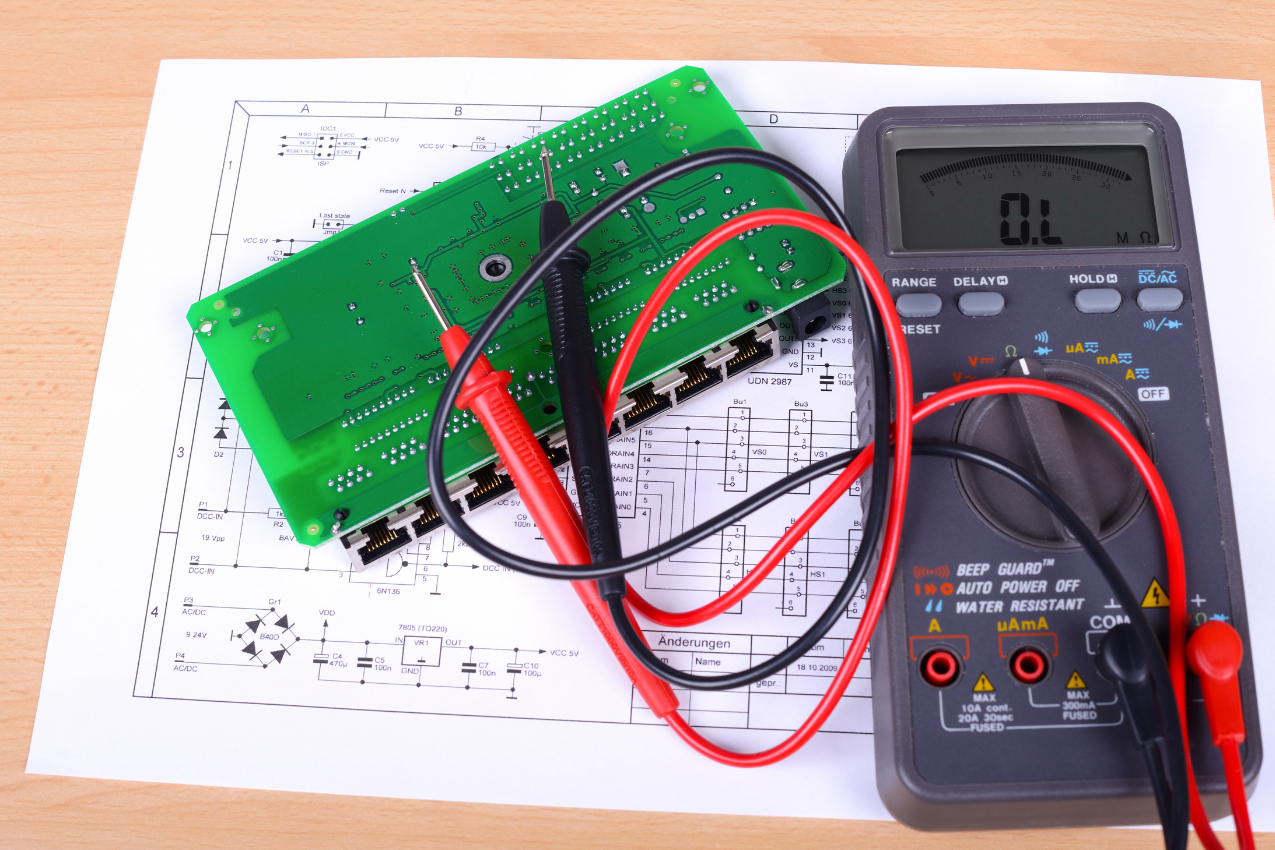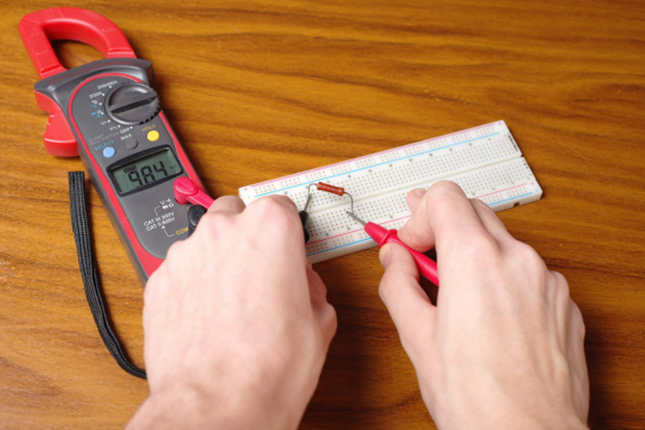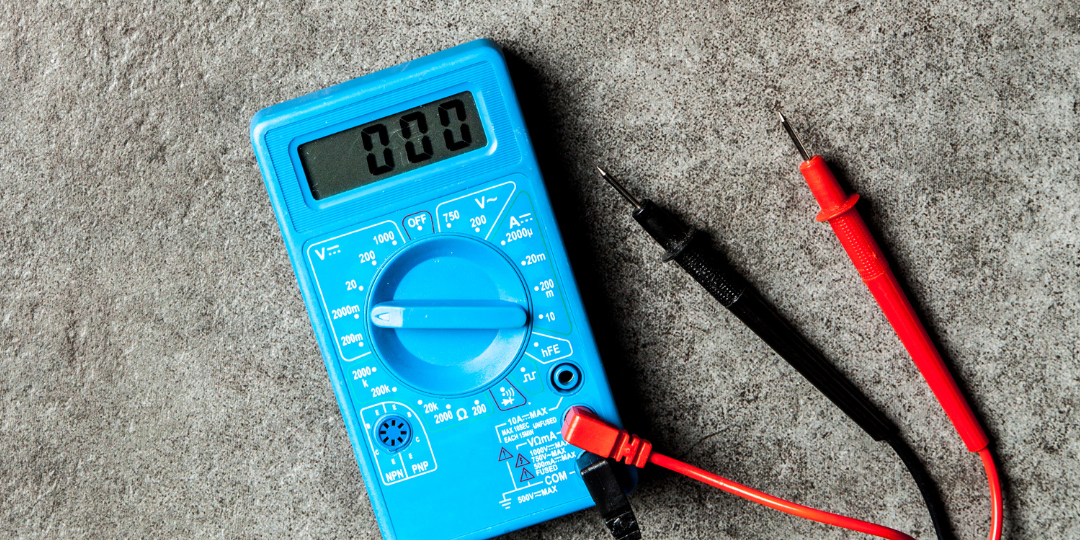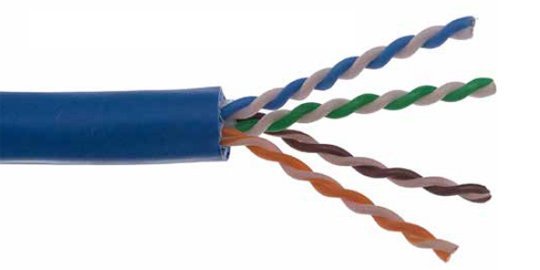Propagation Delay
Propagation delay is a measure of how long a signal takes to travel from one end to another. This is important because the IEEE 802.3 standard specifies maximum latency and delays for the different Ethernet versions. Read on to find out more about delay.
Propagation delay or in short “delay” is the amount of time a signal takes to travel from one end of a link to the other end.
Propagation delay should be as small as possible.

Propagation delay is the time it takes for a signal to travel from one end of a link to the other end.
The longer the cable is, the longer it takes until the signal reaches the far end of the link. As the pairs of a twisted-pair cable are twisted differently (more tight or less tight), the propagation delay differs between the pairs. The stronger a pair is twisted, the longer the propagation delay is.
Propagation delay is frequency-dependant. It is typically measured at 10 MHz.
Troubleshooting tips if propagation delay tests fail
| Typical cause of the problem | This might help (without engagement) |
| Horizontal cable too long | Cut the cable (if possible) |
| Patch cord too long | Use shorter patch cords |
| Consolidation point cable too long | Use shorter consolidation point cable |
Typical causes of delay problems and what might help to solve them.
Contact
Dirk Traeger





